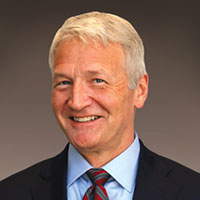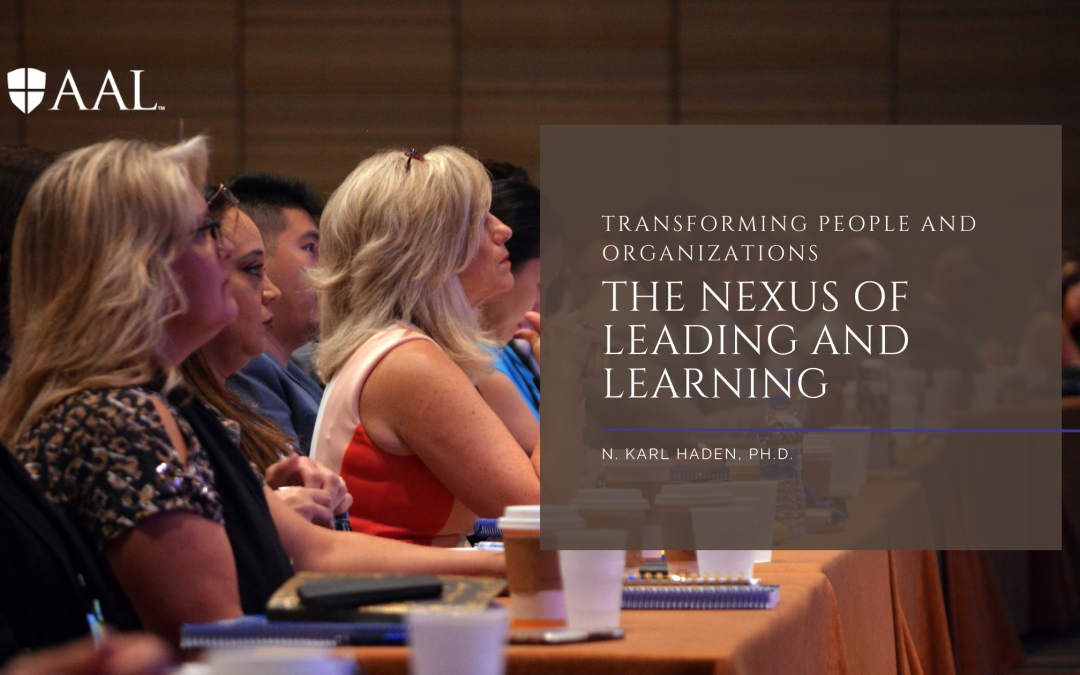As summer approaches, so do a number of Academy for Advancing Leadership professional development programs. Some of these programs are focused on leadership development and others address pedagogy and developing the skills of a master teacher.
While the program curricula differ, leading and learning exist in a nexus. Effective teachers not only convey knowledge and facilitate discovery; through role modeling and mentoring they affect students’ attitudes, behaviors, and career aspirations. For many of us a teacher stands out as a singular influence in shaping both our character and our vocation—and that is leadership.
Likewise, effective leaders encourage us to learn new things, to question our assumptions, to grow through challenging ourselves and others, and to make a difference. The titles and job descriptions are different, but teachers are leaders and leaders are teachers.
Largely due to the research of James McGregor Burns, leadership theory has focused much attention over the past three decades on “transformative” or “transformational” leadership. Leadership is about creating meaning, inculcating values, and transforming people and organizations. In their book Leadership that Matters, Sashkin and Sashkin identify four specific transformational leadership behaviors.
First, by using communication skills, transformational leaders actively listen, provide useful feedback, and convey complex ideas clearly. They are masters of creating and using metaphors to explain and inspire. Second, through consistent and credible actions, transformational leaders build trust. They keep promises, meet commitments, and tell the truth. Third, transformational leaders care about people. Caring includes respecting differences and valuing special skills and abilities. It’s reflected in simple things like knowing people by name. Finally, transformational leaders create opportunities by developing followers and making sure they have the requisite knowledge, skills, and resources needed to succeed. Transformational leadership is about fostering an environment in which people can learn and grow.
I have seen these behaviors in those who effectively lead universities, colleges and schools, and departments. But I have also experienced them in the classroom, in the actions of those who had no formal administrative or positional appointment. Teachers transform their classrooms, labs, and clinics as they engage the learners for whom they have accepted responsibility. Leading and learning always occur together as complementary ways of transforming people and organizations.
Author:

President of AAL & co-author of The 9 Virtues of Exceptional Leaders and 31 Days with the Virtues


Recent Comments